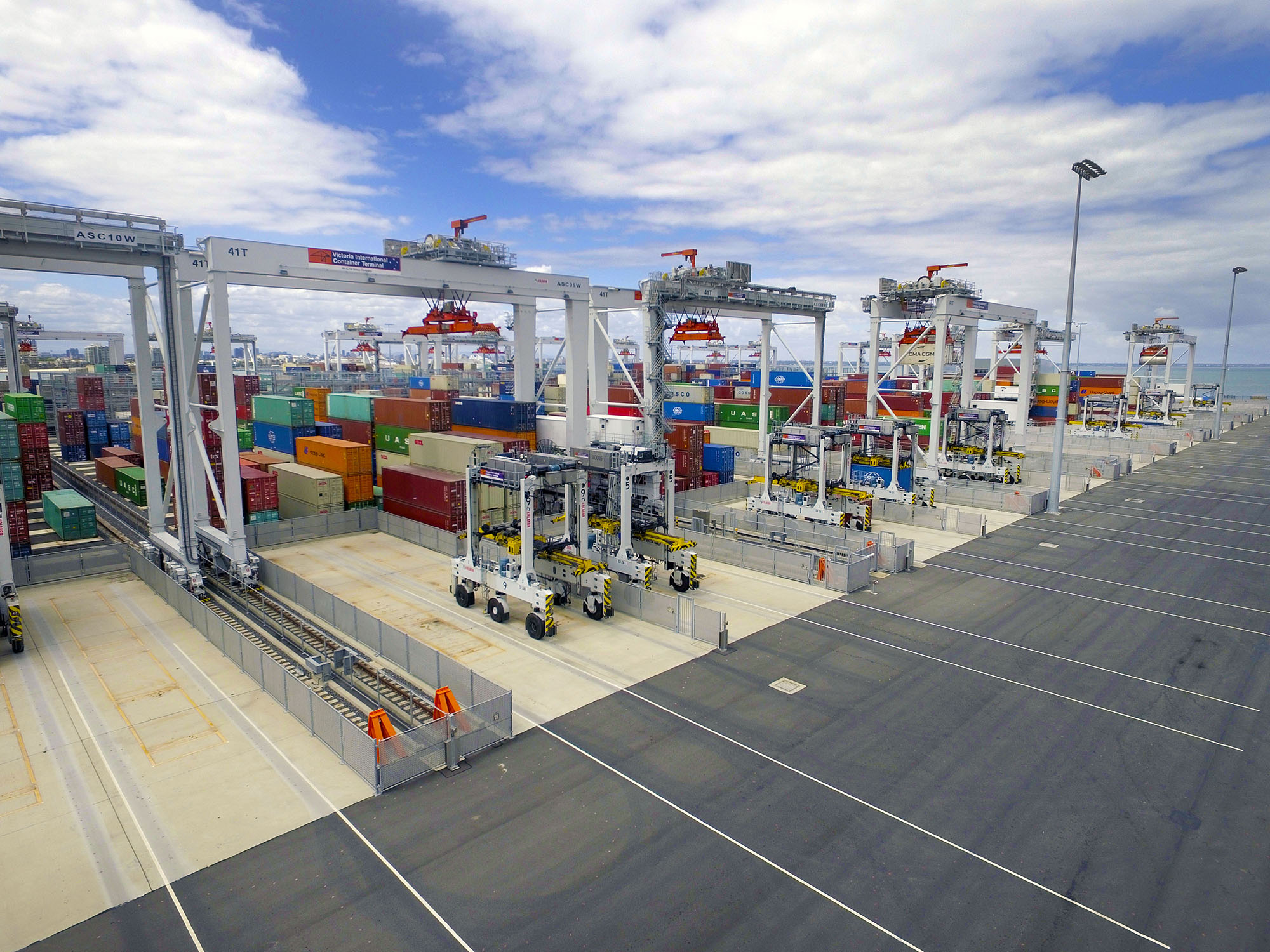Overview of ASC in Container Logistics
Automated Stacking Cranes (ASC) have revolutionized container logistics by enhancing efficiency and precision in port operations. These cranes automate the process of stacking containers, significantly improving operational efficiency and safety. ASC systems are pivotal in modernizing ports and creating a digital and automated logistics environment.
Benefits of ASC Systems
The implementation of ASC systems offers numerous benefits, including efficiency improvement, energy efficiency, and operational reliability. These benefits contribute to a more sustainable and cost-effective operation. By minimizing manual handling, ASCs also enhance safety and reduce the likelihood of workplace accidents.
Key Technologies and Features
ASC systems are equipped with real-time tracking and precision handling capabilities, enabling them to manage high-density storage effectively. This technology ensures optimal load management and automated movement, facilitating smoother and faster port operations. The integration of digital control systems further boosts the efficiency and reliability of cargo throughput.
Challenges and Future Developments
Despite the advantages, integrating ASCs into container logistics presents challenges, including operational challenges and the need for regular maintenance scheduling. The future of ASCs in logistics looks towards overcoming these hurdles through digital transformation and continuous innovation, aiming for even greater efficiency, safety, and inventory accuracy.
Comparative Table: Manual Stacking vs. Automated Stacking Cranes (ASC)
| Feature | Manual Stacking | Automated Stacking Cranes (ASC) |
|---|---|---|
| Efficiency | Lower | Higher |
| Safety | Manual Risks | Enhanced Safety Measures |
| Operational Cost | Higher in Long Term | Reduced Due to Efficiency |
| Accuracy | Prone to Errors | High Precision and Accuracy |
| Energy Consumption | Variable | Lower due to Energy Efficiency |

